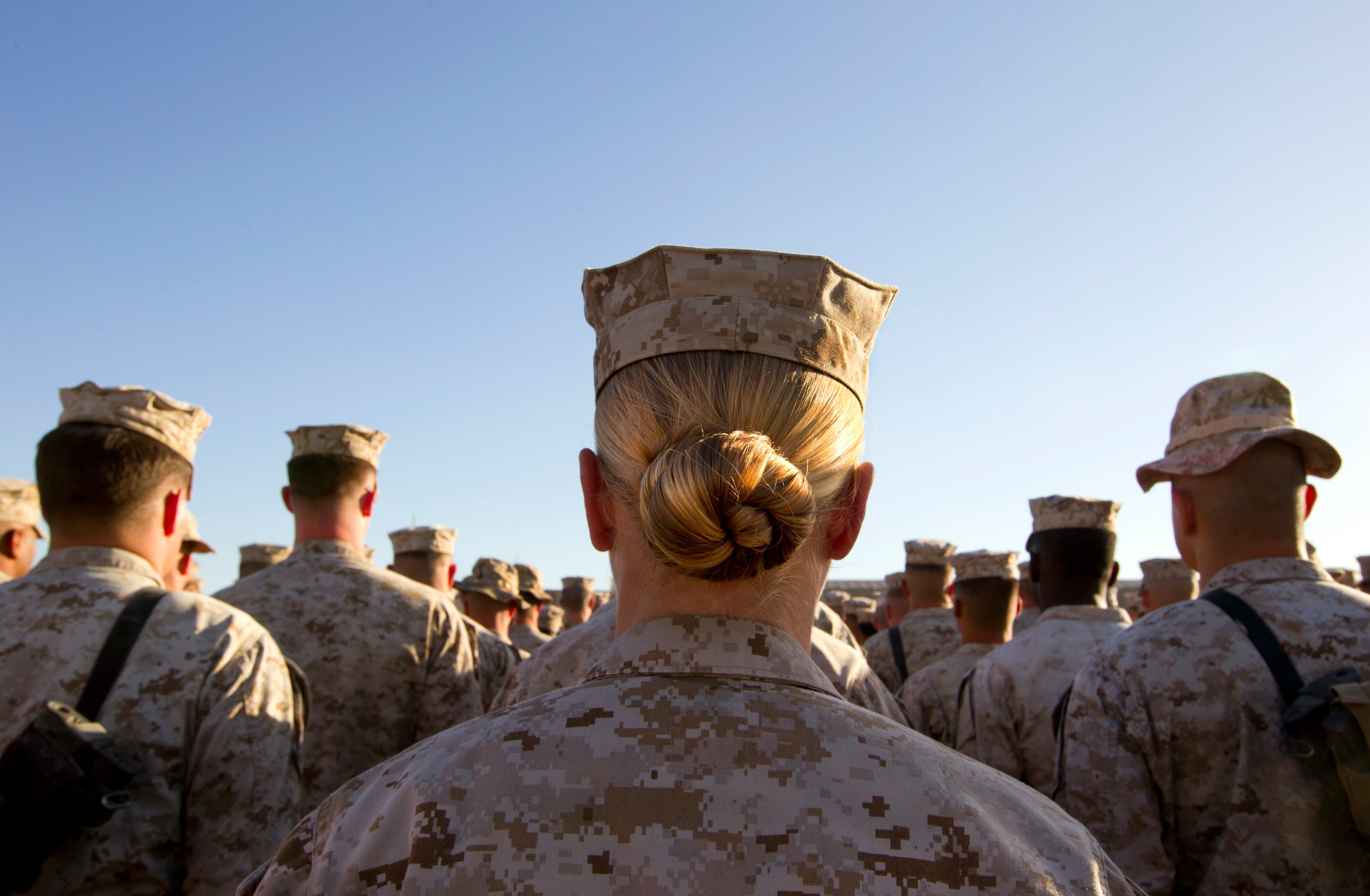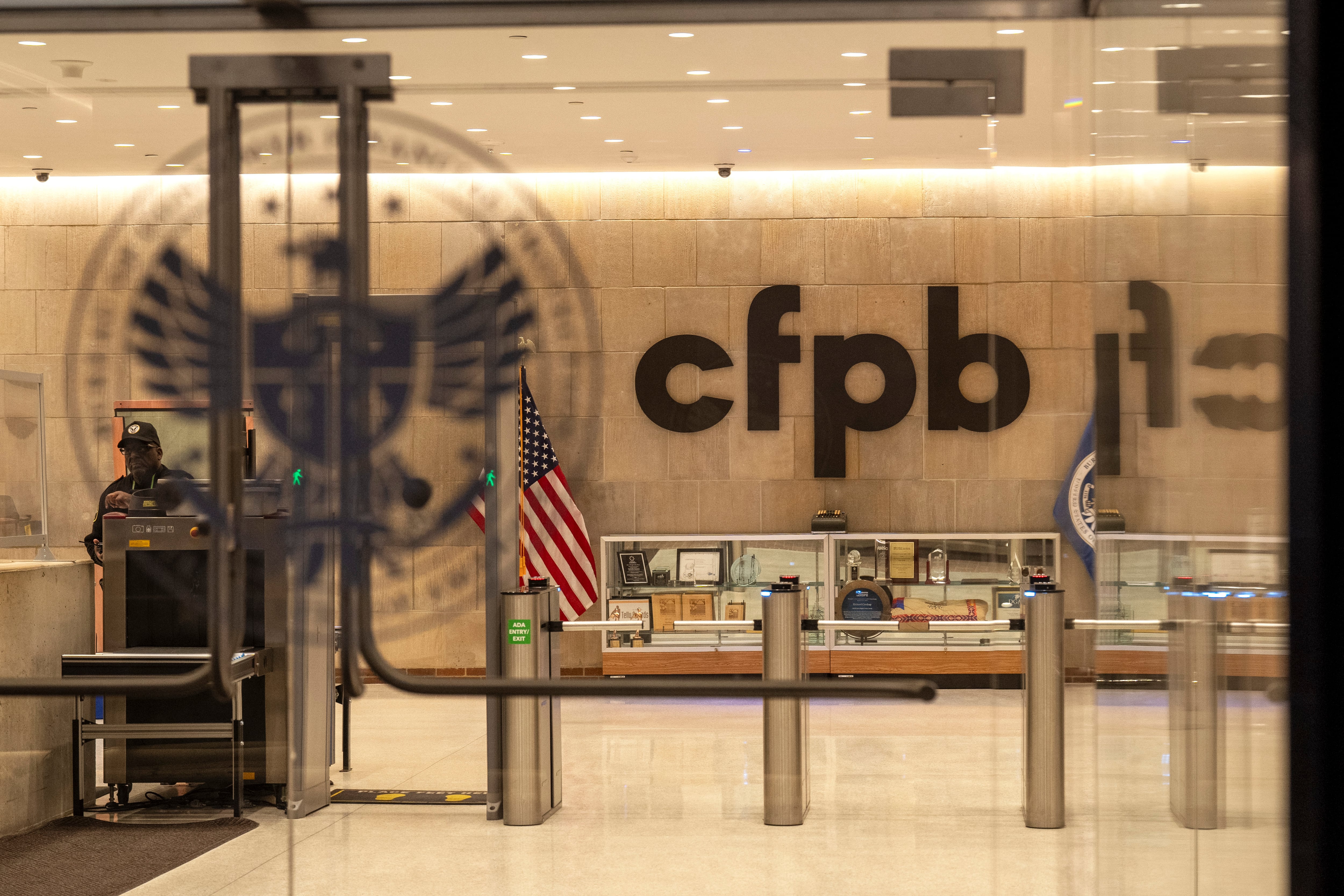Federal officials too often overlook the specific mental health needs of women veterans when crafting mental health programs, leaving worrisome gaps in available resources, researchers from Disabled American Veterans argued in a new report released Tuesday.
They say that more outreach and research efforts are needed to more effectively encourage women veterans to seek care, instead of relying on male-focused messaging already in use by the Department of Veterans Affairs.
“The lack of recognition for women’s service, isolation after separation from military service, poor social support and unique risk factors all contribute to the challenges and barriers that many ill and injured women veterans face as they transition from service members to civilians and work toward physical recovery and mental wellness after service,” the report stated.
Women make up about 10% of the veterans population and roughly the same percentage of enrolled patients in the VA health care system, according to Veterans Affairs statistics. Those numbers are expected to grow significantly over the next decade.
RELATED

DAV researchers said mental health outreach for VA officials has shown important advances in recent years, but often that messaging is focused solely on the needs and challenges of male veterans.
In particular, report authors noted that VA suicide prevention efforts do not include components on military sexual trauma or postpartum adjustments, both of which increase the risk of suicide among female vets. Little research has been done on whether firearms safety efforts should be adjusted to improve outreach to female veterans.
“Too many women veterans are unaware of the resources available to them or struggle to access the timely, quality mental health services that are essential to recovery and overall well-being,” the report stated.
At a forum unveiling the report on Tuesday, a panel of experts said the process of fixing those shortfalls needs to start with a recognition that adjustments to existing male-only efforts aren’t providing all of the help that women veterans need.
“When I left the military more than 30 years ago, VA was just beginning to focus on the growing number of women veterans,” said Army veteran Joy Illem, national legislative director for DAV. “Much has changed for the better since then, but there’s still so much more to be done.”
VA officials said they are working to address that.
“There’s a lot of research underway on barrier reduction, better understanding of how women veterans use the Veterans Crisis Line, how they may use it differently and their experiences,” said Dr. Elizabeth Yano, a health care researcher at VA.
“We need to better understand what leads women veterans to suicide, the gender differences in suicidal thoughts and attempts, what they experienced when they enter care, how hard it is to get care and how to eliminate those barriers.”
The full report is available through the DAV website.
Leo covers Congress, Veterans Affairs and the White House for Military Times. He has covered Washington, D.C. since 2004, focusing on military personnel and veterans policies. His work has earned numerous honors, including a 2009 Polk award, a 2010 National Headliner Award, the IAVA Leadership in Journalism award and the VFW News Media award.




